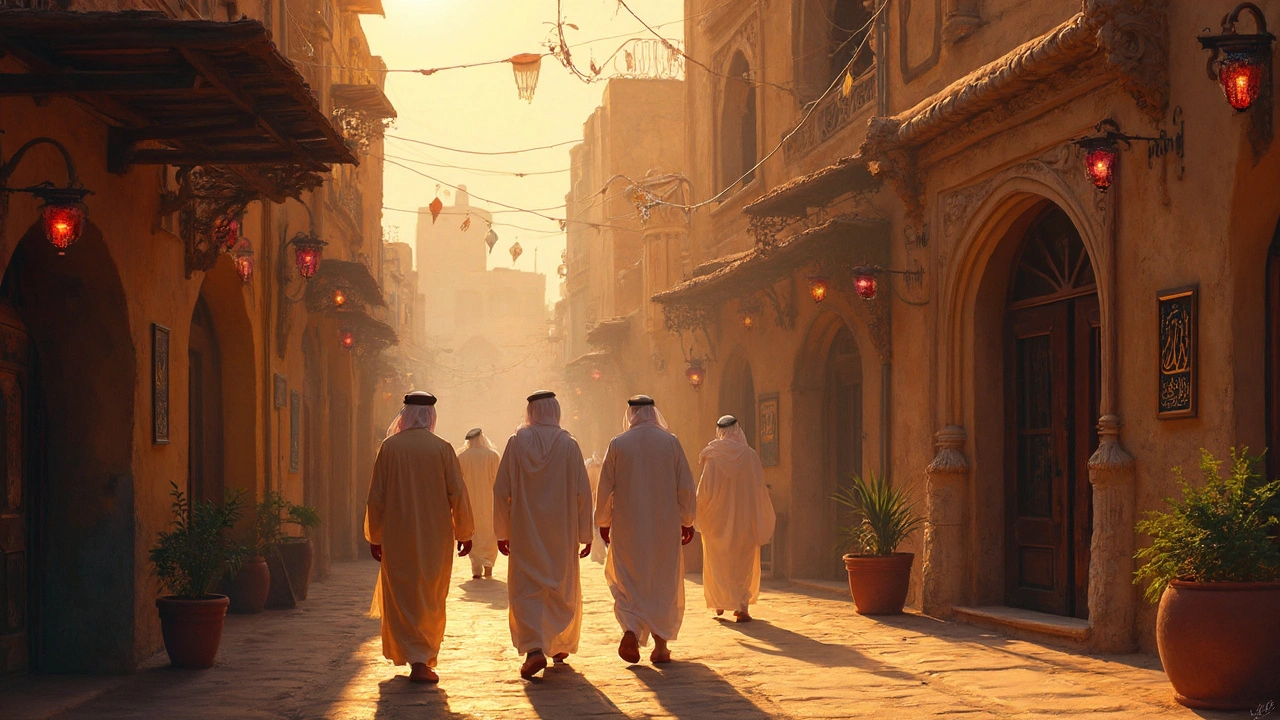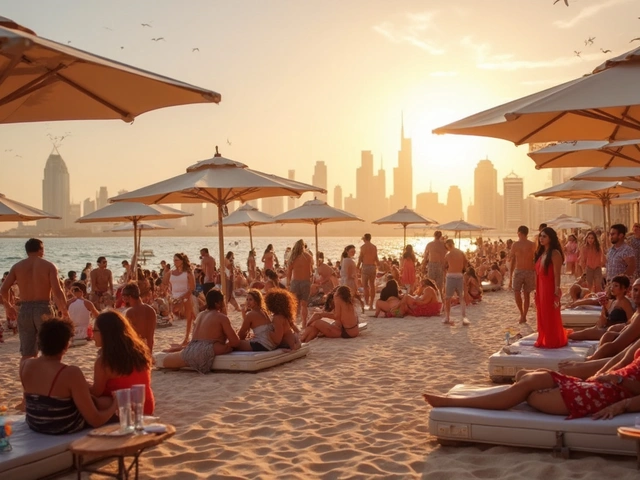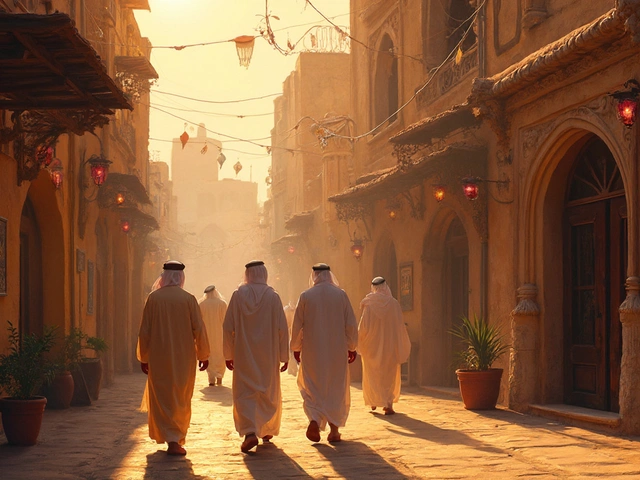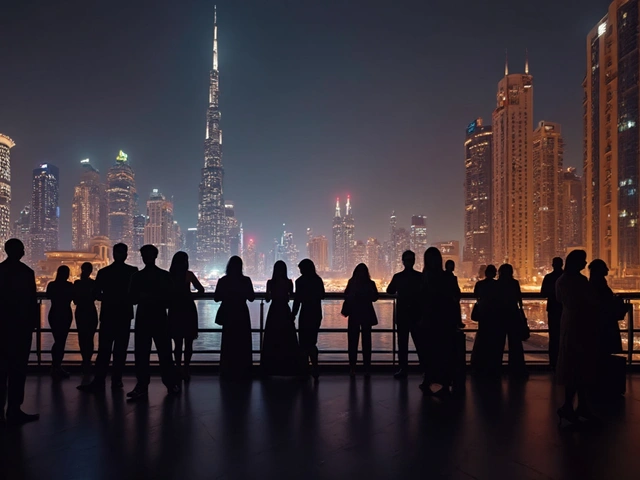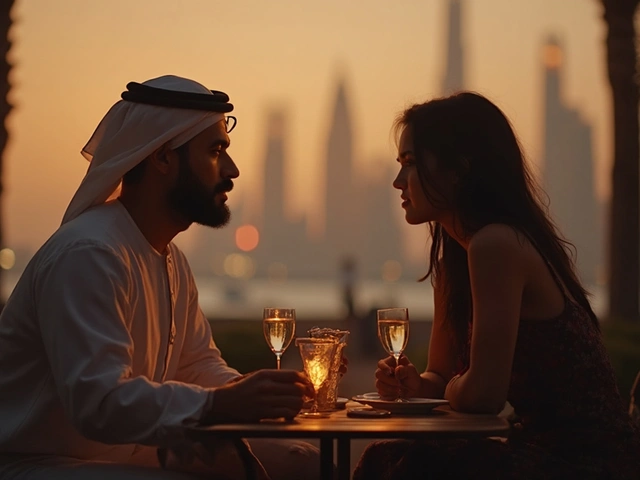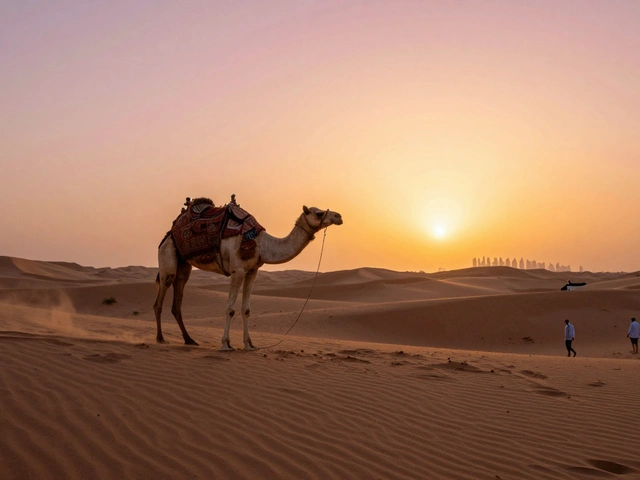Traditional Dubai: Your Guide to the City’s Heritage and Classics
Thinking Dubai is just skyscrapers and malls? Think again. The real soul of the city lives in its narrow alleys, bustling souks, and centuries‑old traditions. From the fragrant spice markets to the quiet courtyards of Al Fahidi, you’ll find a side of Dubai that most tourists overlook. Below is a quick‑hit guide to help you experience the authentic, old‑school vibe without getting lost.
Historic Neighborhoods and Landmarks
Start your journey in Al Bastakiya, the oldest residential area in Dubai. The wind towers, pastel walls, and art galleries give a glimpse into 19th‑century life. Walk a few steps to the Dubai Museum, housed in the Al Fahidi Fort, and you’ll see how the city went from a pearl‑diving outpost to a global hub. Don’t miss the historic Dubai Creek – hop on an abra (traditional boat) for a cheap, breezy ride that’s been used for trade for over a hundred years.
Next, head to the Al Seef district. It’s a modern recreation of an old Emirati waterfront, with wooden walkways, traditional coffee houses, and boutiques selling handcrafted items. The mix of old architecture and new conveniences makes it a perfect place to snap photos and soak up the atmosphere.
Authentic Flavors and Souks
When it comes to food, traditional Dubai serves up simple yet unforgettable dishes. Try a bowl of “machboos” – spiced rice with chicken or fish – at a local restaurant in Deira. Pair it with “karak” tea, a sweet, milky brew that locals drink all day. For a sweet treat, bite into “luqaimat,” tiny fried dough balls drizzled with date syrup.
The Gold Souk and Spice Souk are must‑visits for sensory overload. In the Spice Souk, inhale the scent of saffron, cardamom, and dried rose petals; the shopkeepers are happy to suggest blends for home cooking. In the Gold Souk, you can haggle over glittering jewelry while learning about the traditional craft of goldsmiths who have been working here for generations.
If you’re hunting for souvenirs that truly reflect Emirati culture, look for hand‑woven “khanjar” knives, embroidered “gahwa” pots, and woven “tarboosh” caps. These items tell a story and are far more meaningful than mass‑produced trinkets.
Beyond the city, a desert safari adds the final piece to the traditional puzzle. Choose a tour that includes a Bedouin‑style camp, where you can sit around a fire, enjoy a belly‑dance performance, and watch the sunrise over the dunes – exactly how travelers did decades ago.
Finally, remember that etiquette matters. Dress modestly when visiting mosques or traditional neighborhoods, remove shoes before entering homes, and greet locals with a friendly “As‑salaam‑alaykum.” A little respect goes a long way and often earns you an invitation for tea or a story about Dubai’s past.
Traditional Dubai isn’t a separate city; it’s woven into the fabric of the modern skyline. By exploring historic districts, tasting home‑cooked dishes, and wandering through bustling souks, you’ll walk away with a deeper love for the Emirati way of life. Ready to step off the tourist trail? Your adventure starts now.

